12 U.S. States Losing Their Charm to Overtourism
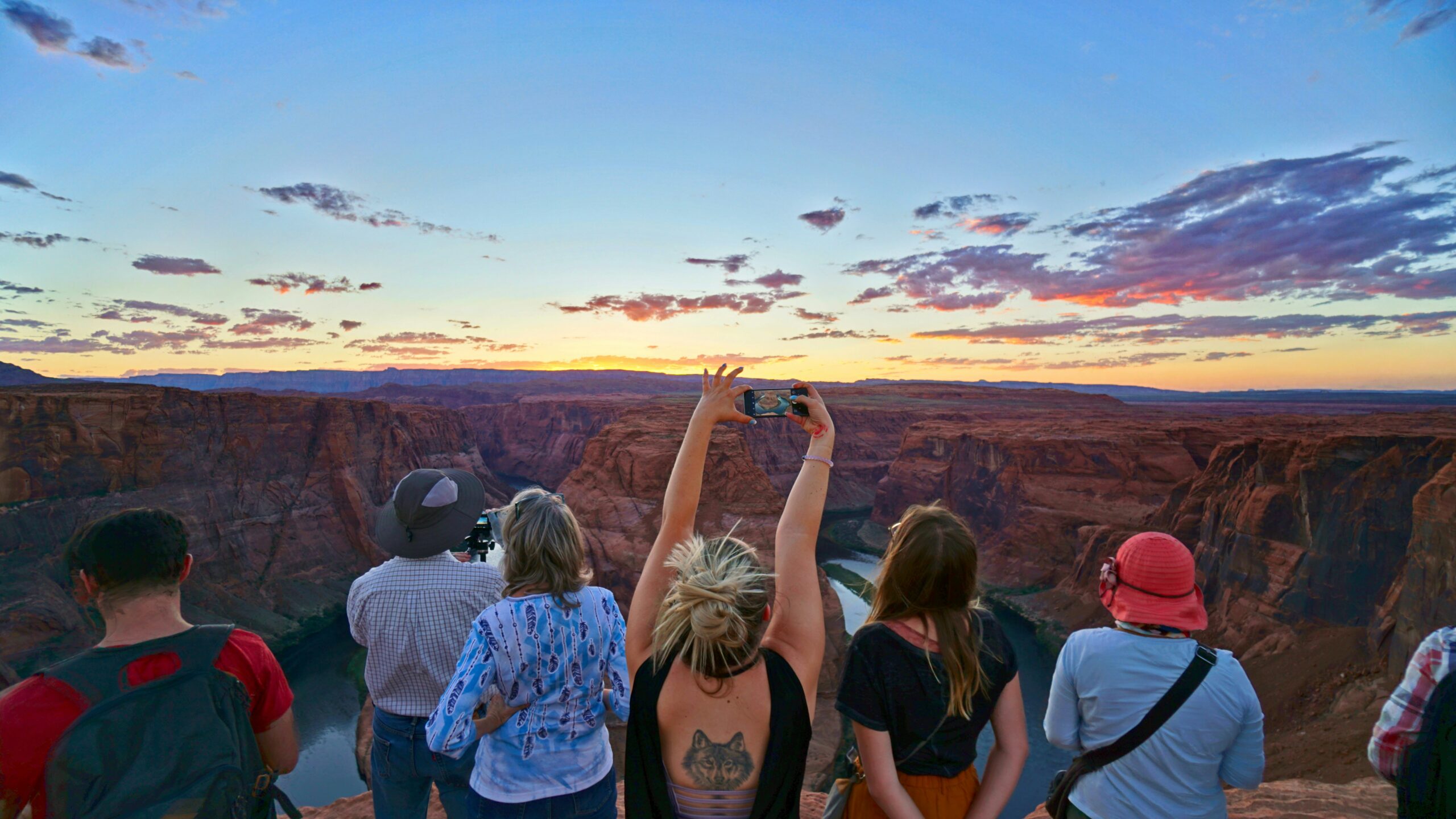
While travel boosts local economies, some beloved states are buckling under the pressure of too many visitors. Overtourism has led to traffic, rising prices, environmental degradation, and a loss of local culture in several popular destinations. As Instagram and short-term rentals fuel the rush, locals are left asking: how much is too much? These 12 U.S. states are seeing their charm slowly fade under the weight of their own popularity.
1. Hawaii
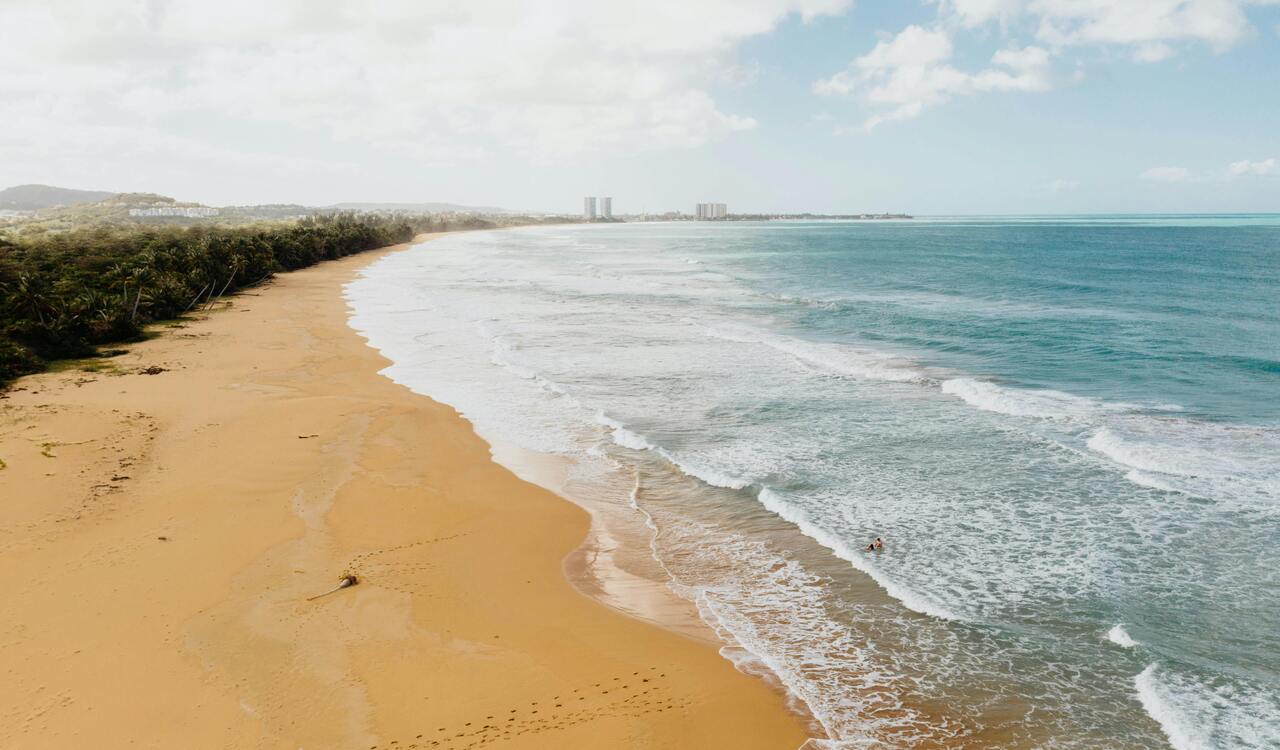
Once paradise, Hawaii now wrestles with record-breaking tourist numbers that strain roads, beaches, and housing. Locals face soaring costs while sacred spaces like Mauna Kea and Hanauma Bay are overwhelmed. The aloha spirit remains, but it’s harder to feel when the islands can’t breathe. Officials are urging mindful travel—but the balance is fragile.
2. California
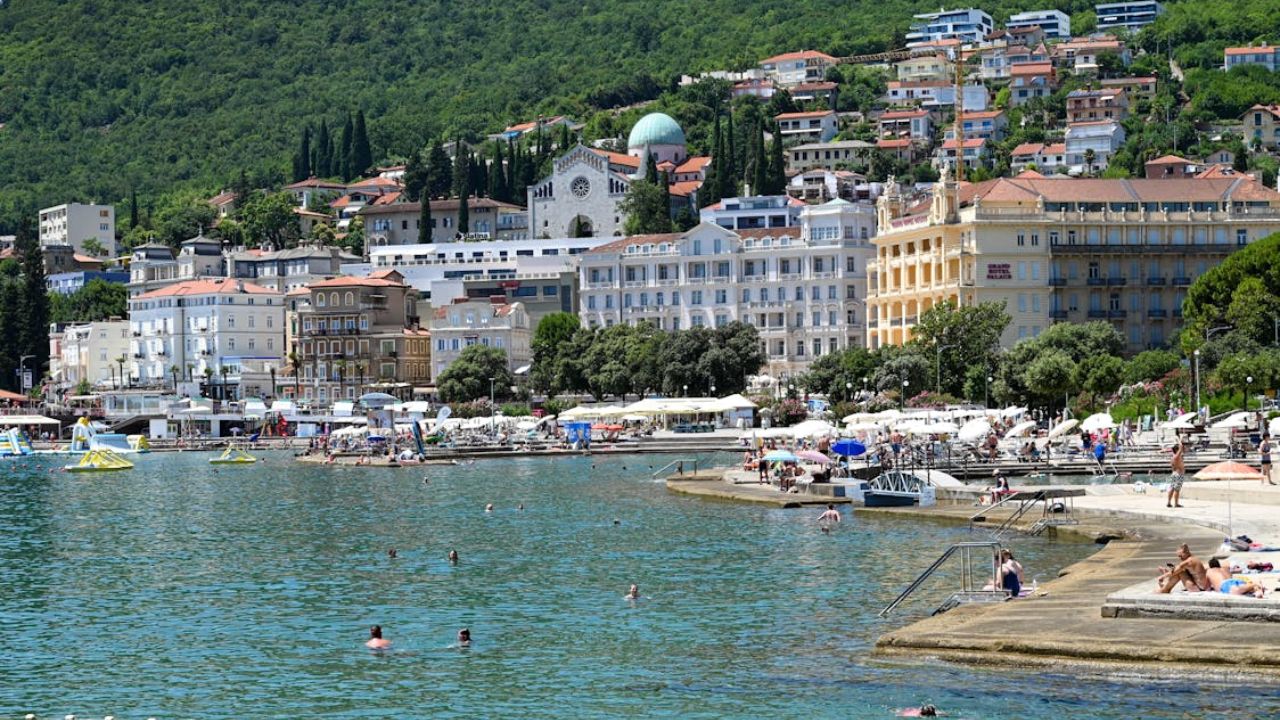
From Yosemite to Venice Beach, California’s most iconic spots are often packed year-round. Traffic congestion, littered trails, and overcrowded parks are changing the state’s natural appeal. Locals in places like Joshua Tree and Big Sur struggle with short-term rental surges and disappearing quiet. The dream is still alive, but it’s no longer tranquil.
3. Florida
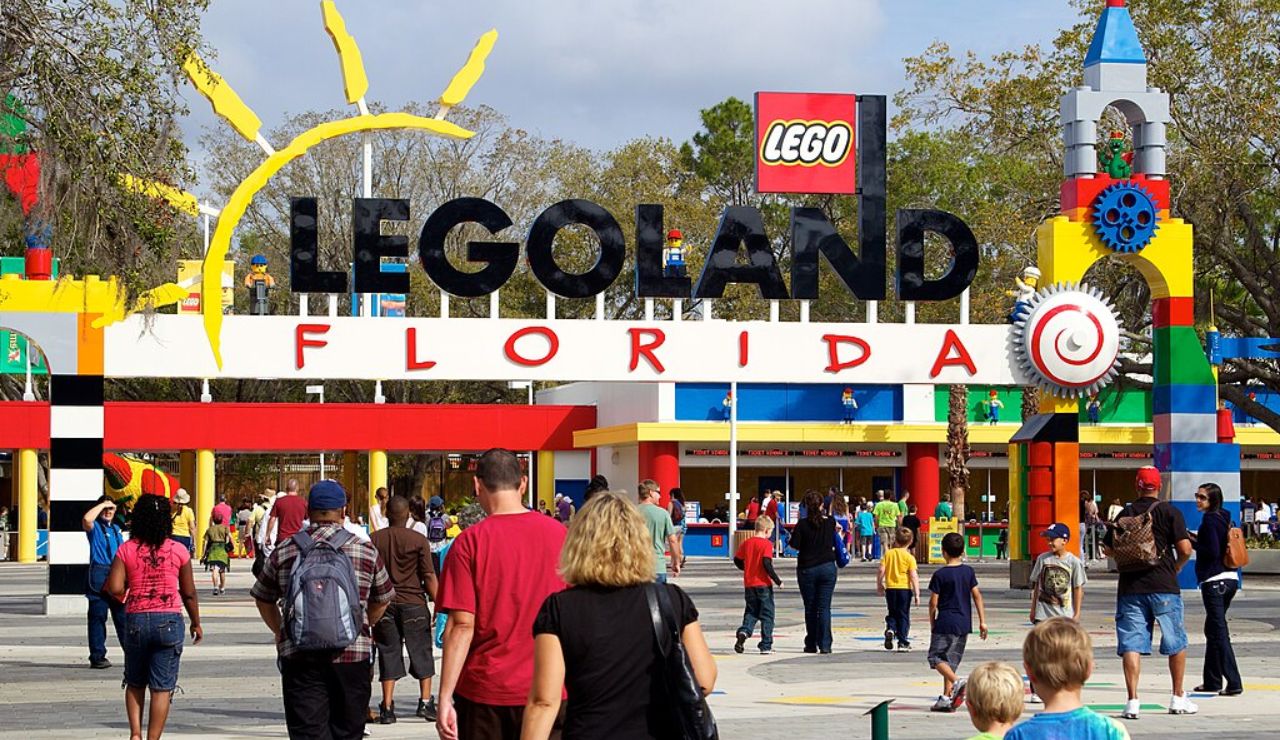
Florida’s beaches, springs, and theme parks attract millions, but the pressure is visible. Environmental concerns plague areas like the Everglades and the Keys, where coral damage and overcrowding are serious issues. Cities like Miami Beach face rental regulation battles and rising living costs that push out locals while drawing in party crowds.
4. Colorado
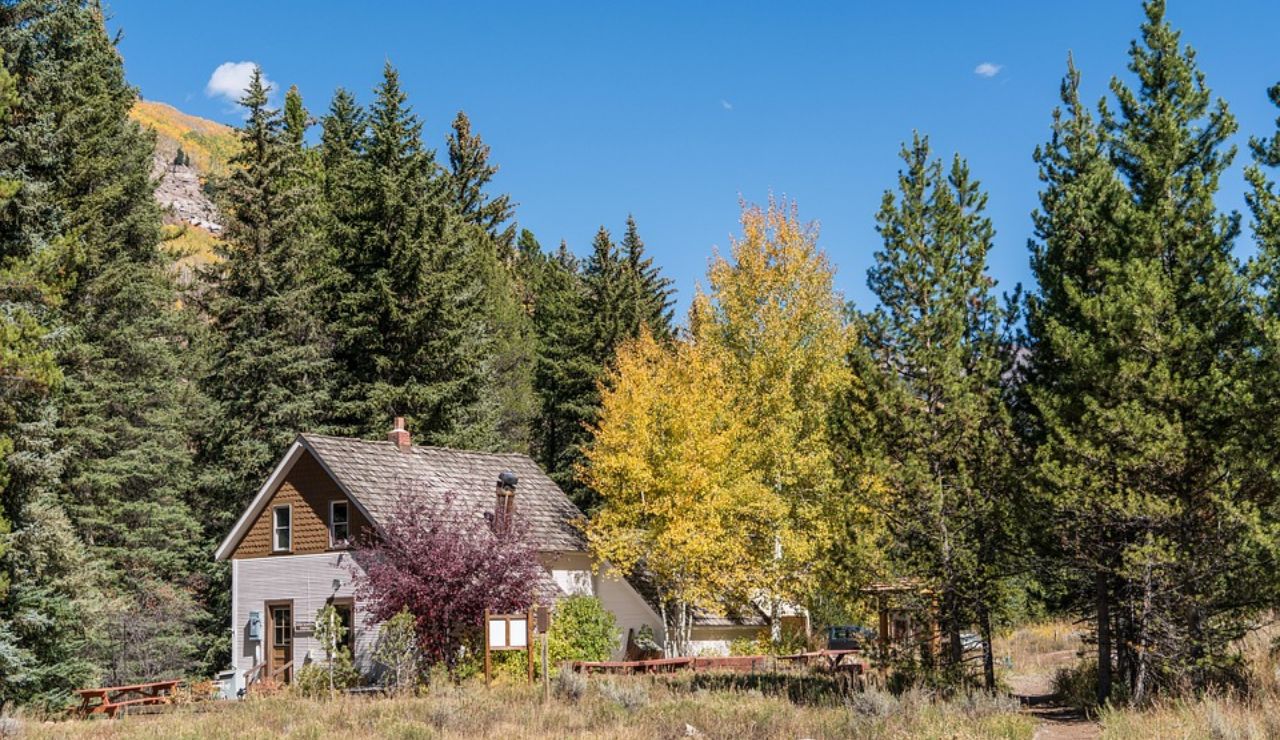
Colorado’s outdoor charm has been a magnet for hikers, skiers, and remote workers. But towns like Breckenridge and Estes Park now face clogged trails, parking wars, and spiking rent. Even Rocky Mountain National Park has capped entry. Locals feel both pride and pressure as the state’s wild beauty is slowly tamed by its own popularity.
5. Arizona
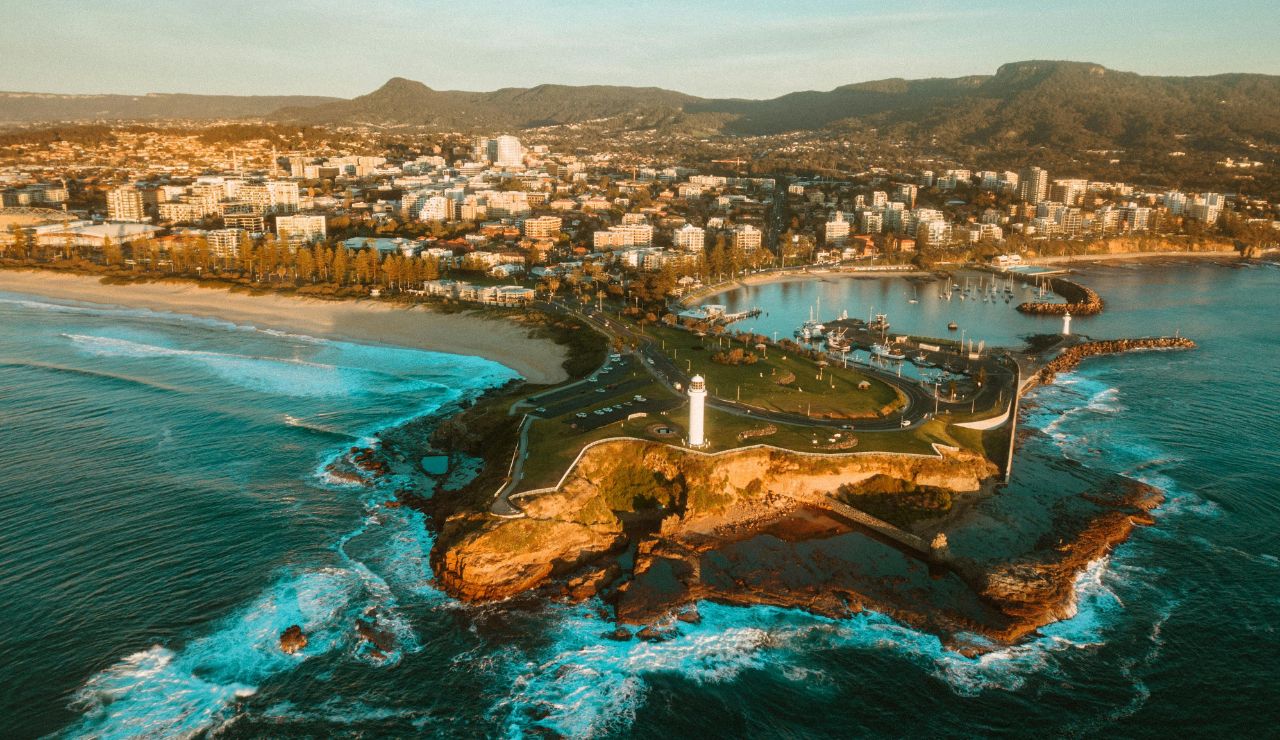
With landmarks like the Grand Canyon and Antelope Canyon, Arizona draws endless tourists—but the dry desert landscapes are fragile. Narrow trails are worn down, and tribal lands are seeing unregulated foot traffic and drone use. Some areas now require permits or timed entries, trying to preserve what remains of the natural stillness.
6. Utah
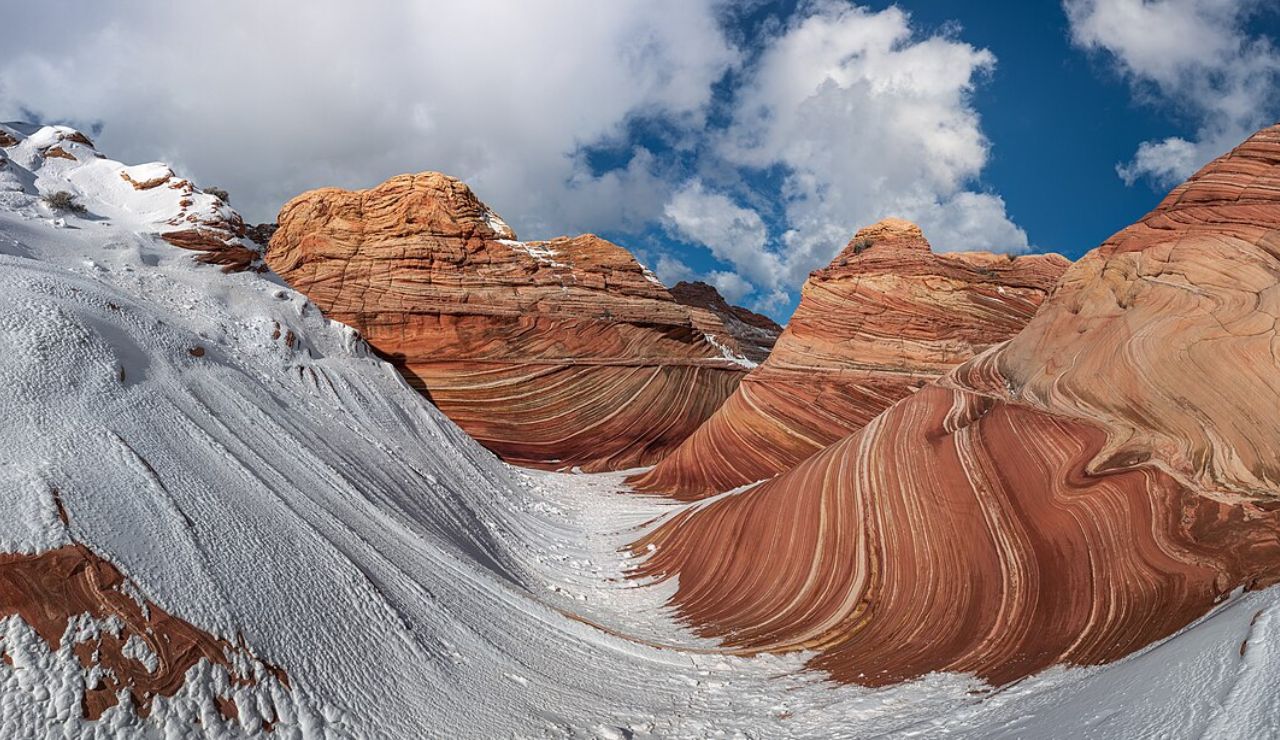
Once a hidden gem, Utah’s red-rock country is now a social media star—and the crowds show it. Zion, Arches, and Bryce Canyon face packed shuttles, overrun campgrounds, and selfie chaos. Nearby small towns can’t keep up with demand, and locals are losing access to once-quiet places. Overtourism threatens the very peace visitors seek.
7. New York
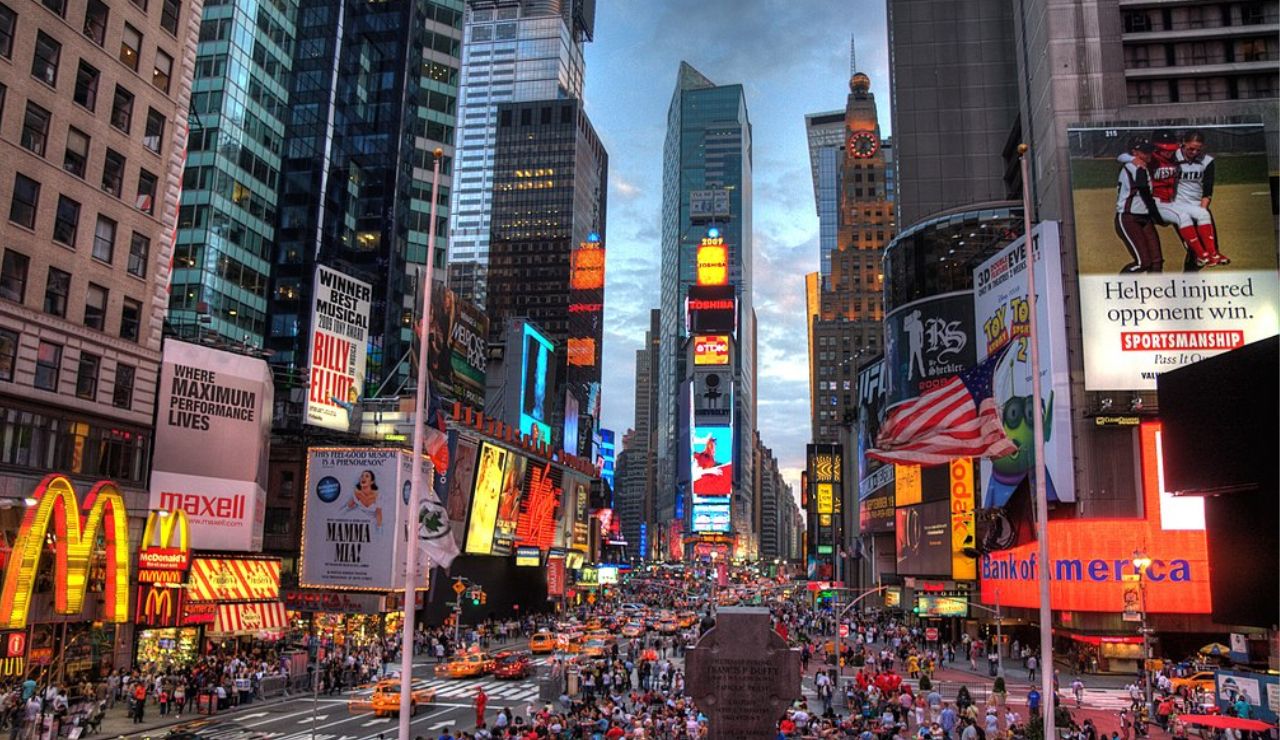
Beyond the buzz of NYC, the state’s smaller towns and parks are also under pressure. The Catskills and Hudson Valley have seen real estate spikes, trail crowding, and local backlash over tourism-fueled gentrification. In the city, short-term rentals and packed attractions continue to make life harder for longtime residents.
8. Oregon

Portland’s buzz and Oregon’s natural beauty have drawn waves of newcomers and tourists alike. But in places like Crater Lake and Cannon Beach, seasonal surges are overwhelming trails and services. The state’s cool, calm vibe is at risk, as roads jam and affordability dwindles in once-quiet towns and forested havens.
9. Texas
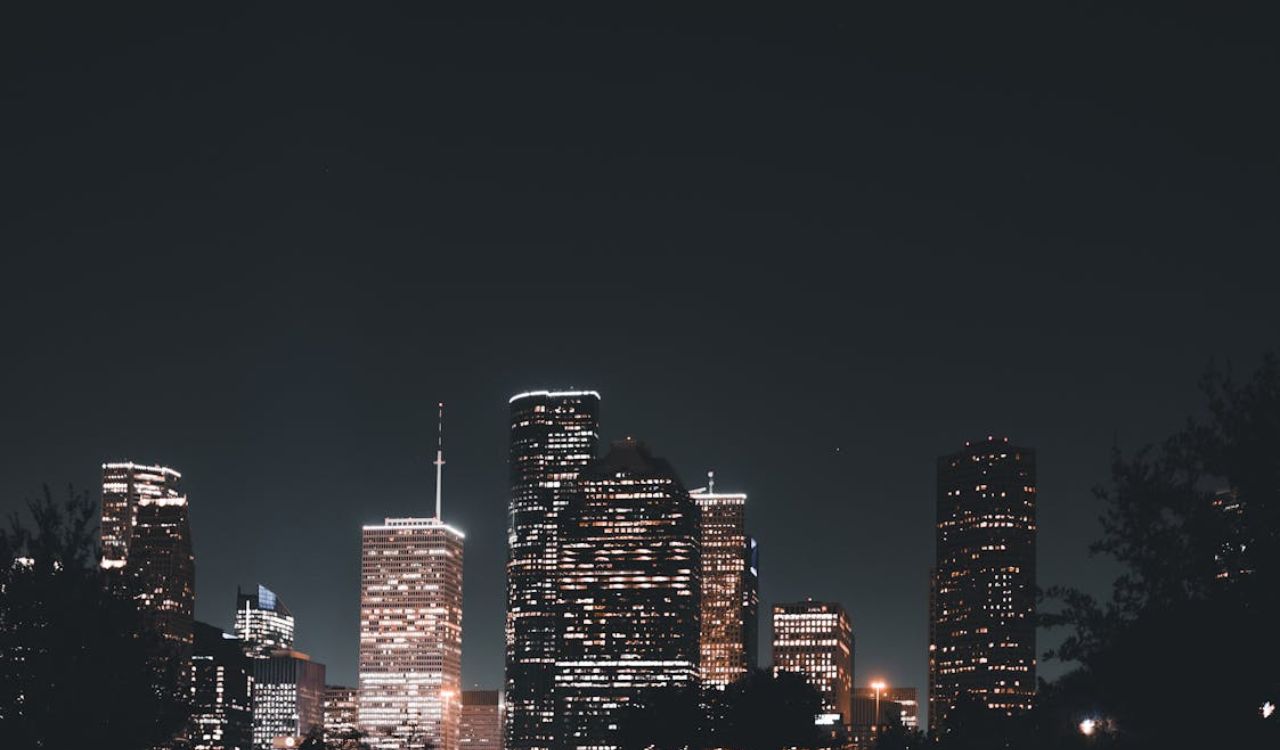
Texas tourism is booming—from Austin’s music scene to Big Bend’s remote allure. But increased popularity means festivals bring overcapacity, parks hit visitor limits, and rural charm is replaced by crowds. The impact is especially noticeable in hill country towns and national parks that were never built to handle such volume.
10. Tennessee

Nashville’s rise as a bachelorette hotspot and music mecca has transformed the city, not always for the better. Locals complain of noise, housing shortages, and skyrocketing prices. Even the Great Smoky Mountains face trail congestion and pollution issues. Tennessee’s charm now comes with caveats for those who live there.
11. Nevada
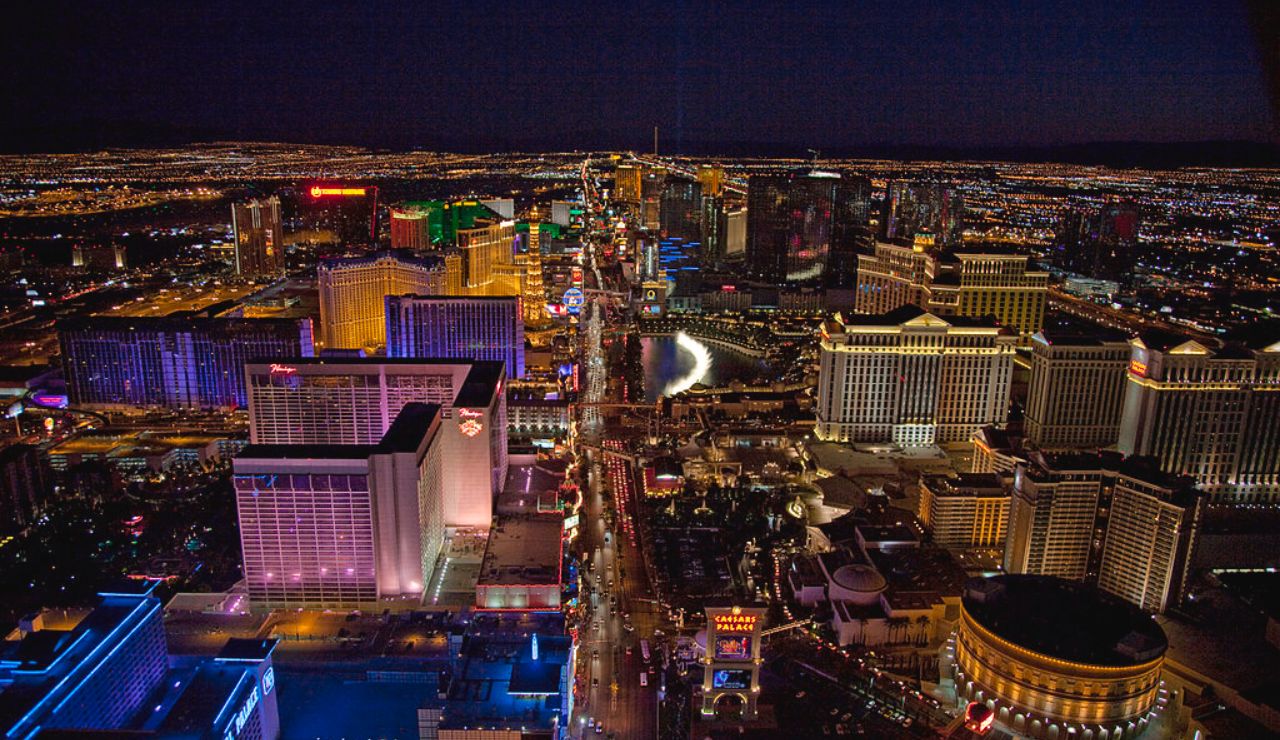
Las Vegas remains a magnet, but Nevada’s quieter wonders—like Red Rock Canyon and Lake Tahoe—are facing their own influx. Heavy traffic, noise, and resource strain have led to growing concerns among locals. What was once serene desert and alpine escape is now shifting toward mass-tourism energy.
12. South Carolina
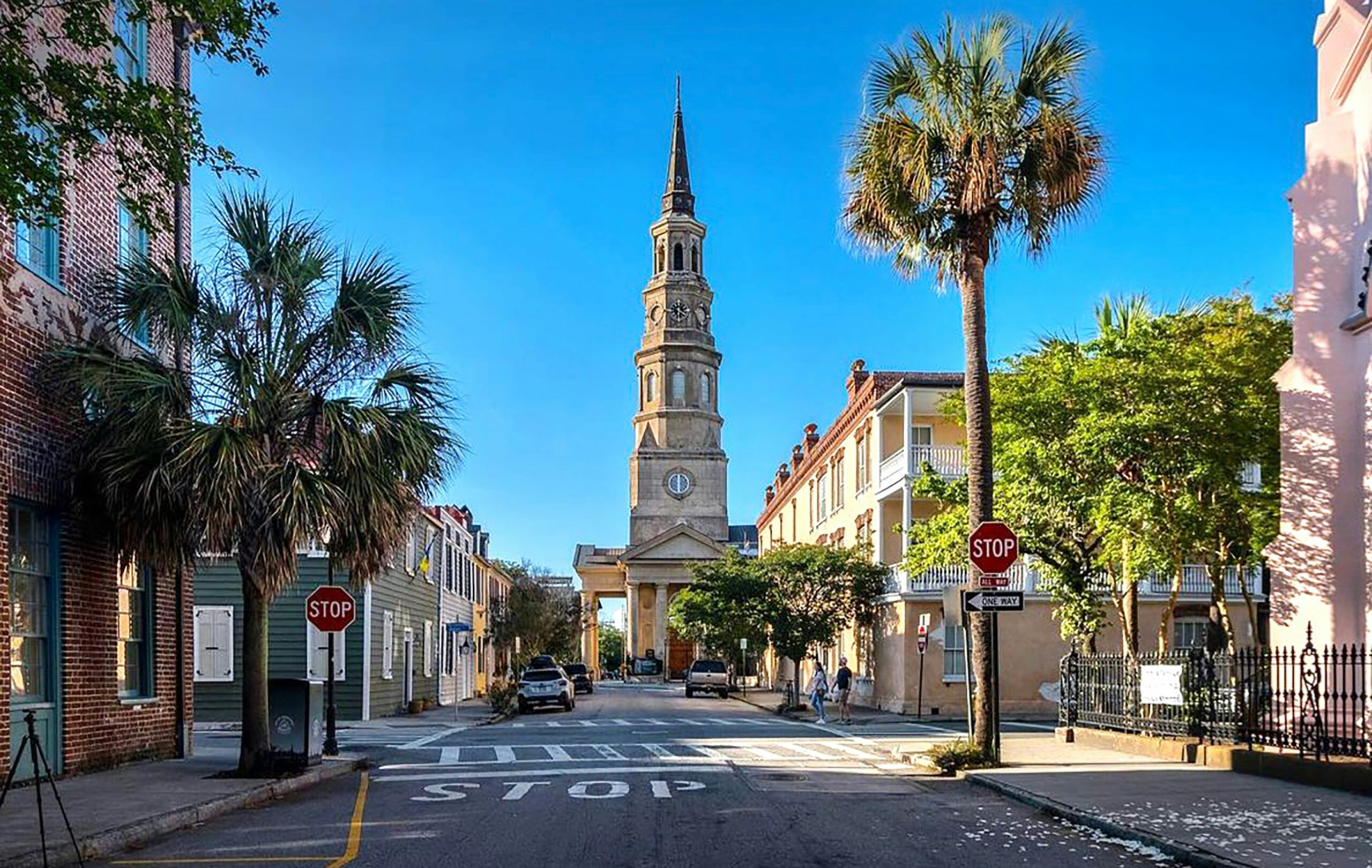
From Charleston’s cobblestone charm to the shores of Hilton Head, South Carolina is experiencing tourist fatigue. Historic neighborhoods are packed, short-term rentals are pricing out families, and beach towns are becoming too busy for their own good. The cultural richness remains, but the peace is harder to find.